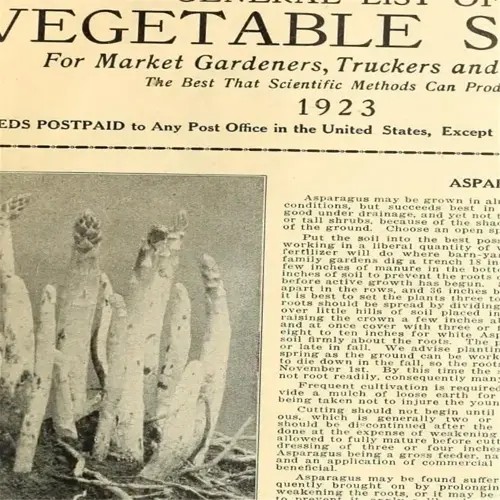Do almond trees require cross-pollination?

Written by
Michael Sullivan
Reviewed by
Prof. Charles Hartman, Ph.D.Grasping almond tree pollination is the difference between average harvests and great harvests. While there are self-fertile varieties like All-In-One and Garden Prince that will set fruit on their own, cross-pollination can play a significant role in increasing almond yields by 30-50%. I have seen trees in solitary confinement that made marginally sparse crops compared to those planted in pairs with buzzing bees pollinating.
Self-Fertile Varieties
- All-In-One: Compact, zones 6-9, soft-shell nuts without partners.
- Garden Prince: Dwarf, pink blooms, ideal for small spaces.
- Independence: Late bloomer, resists spring frost damage.
Cross-Pollination Benefits
- Larger nut size and more uniform ripening.
- Higher resistance to crop failure during poor weather.
- Extended harvest window with mixed varieties.
Bees facilitate successful cross-pollination. Consider planting bee-friendly flowers such as borage or lavender close to your orchards. In one drought year, my hives increased almond set by 40% compared to relying on wind pollination alone. If you are unable to procure honey bees, you can also hand-pollinate the flowers by brushing them flowers with a soft paintbrush.
Timing Strategies
- Overlap bloom periods by planting early/late varieties together.
- Pollinate mid-morning when flowers are fully open.
- Repeat hand-pollination every 2 days during bloom.
Habitat Tips
- Provide water sources like shallow dishes with stones.
- Avoid pesticides during bloom to protect pollinators.
- Plant clover between rows as a bee food source.
Mismatched pairs waste pollination effort. For example, bitter almonds (Prunus dulcis var. amara) will not pollinate sweet types. Because they are genetically different. A neighbor learned this the hard way, after three years of barren trees. After removing one bitter almond tree and replacing it with one Carmel sweet almond tree, the neighbor was able to double the Nonpareil almond harvest the next season.
Read the full article: How to Grow Almonds: Simplified Guide for Bountiful Harvests

